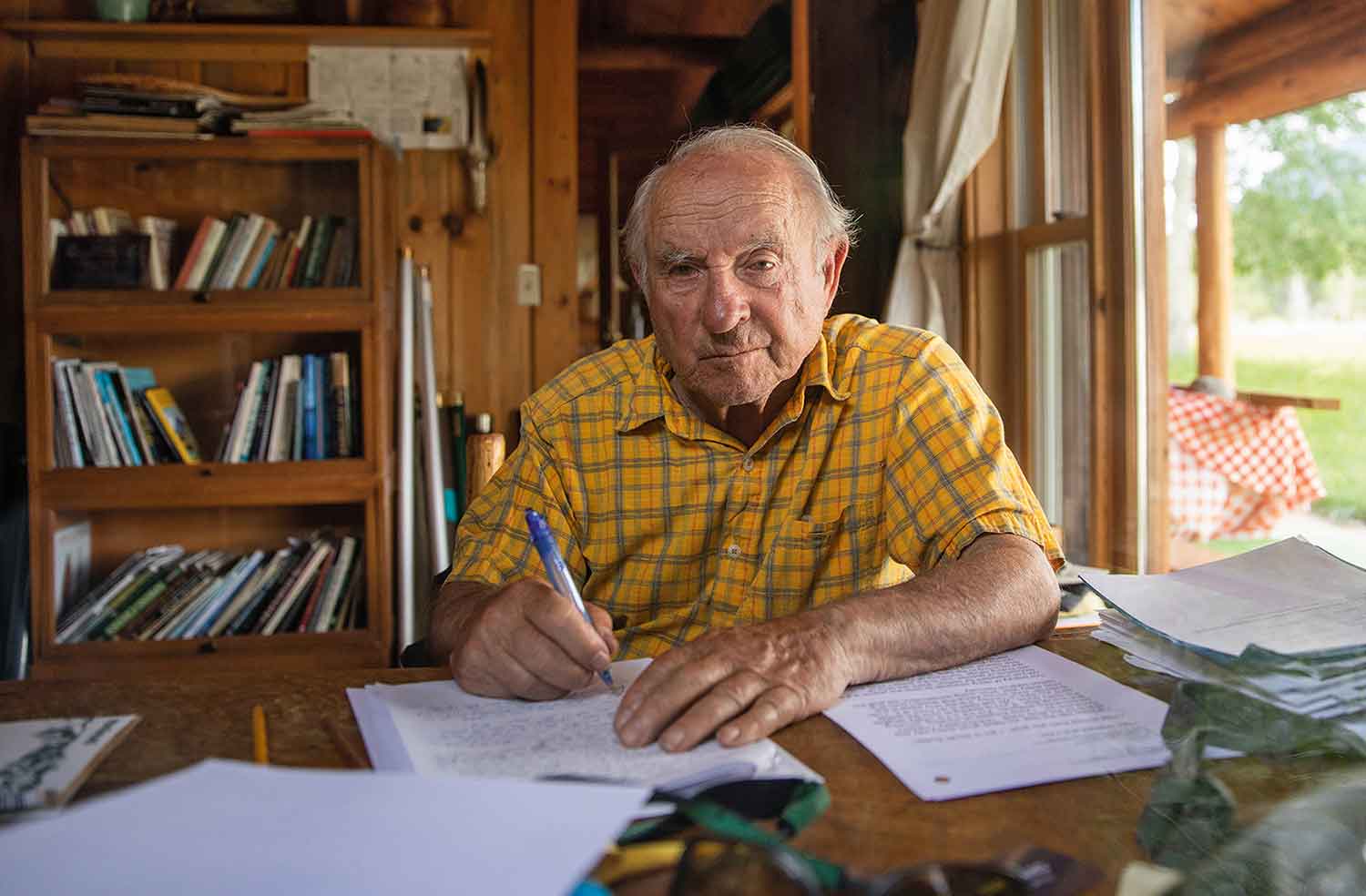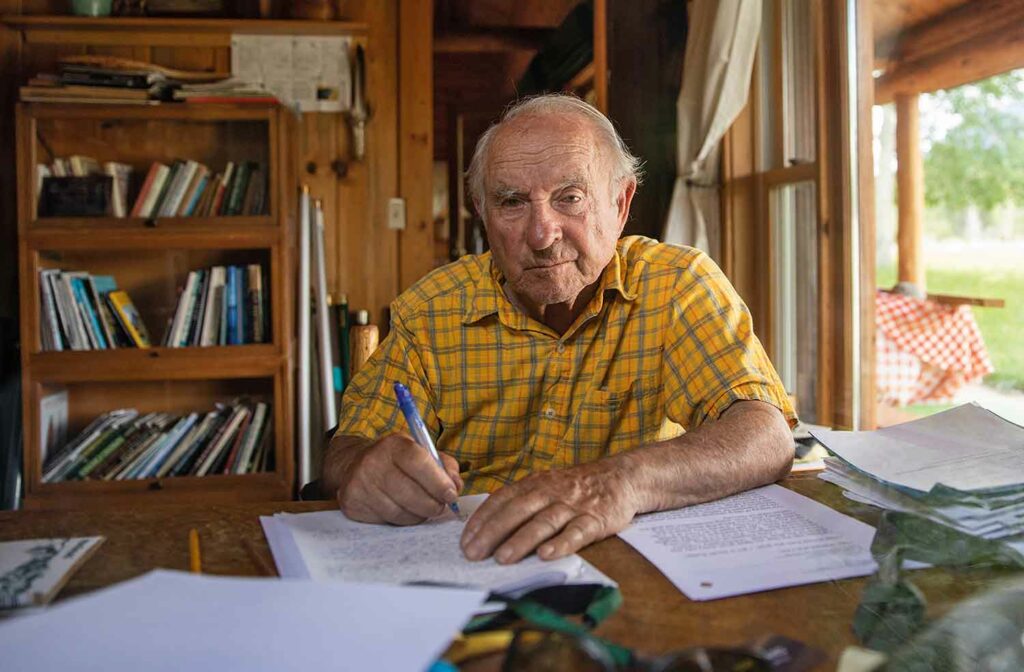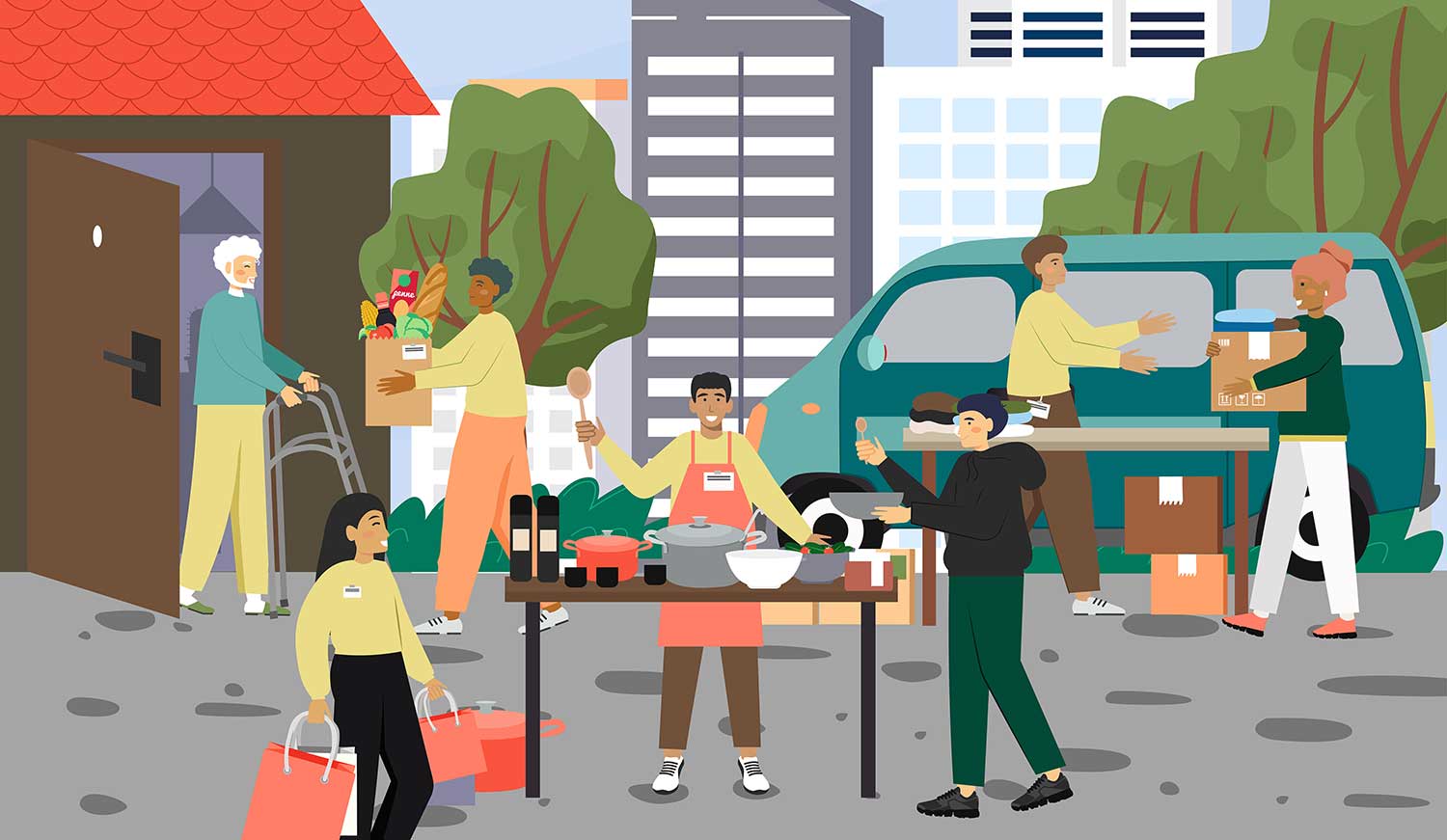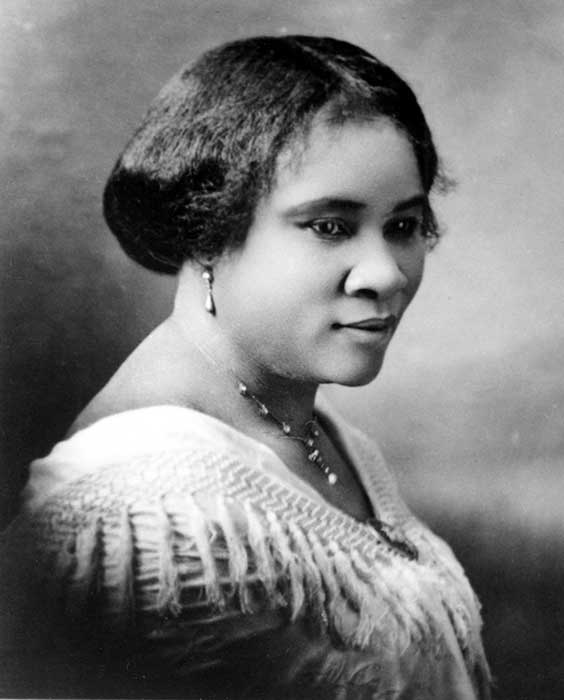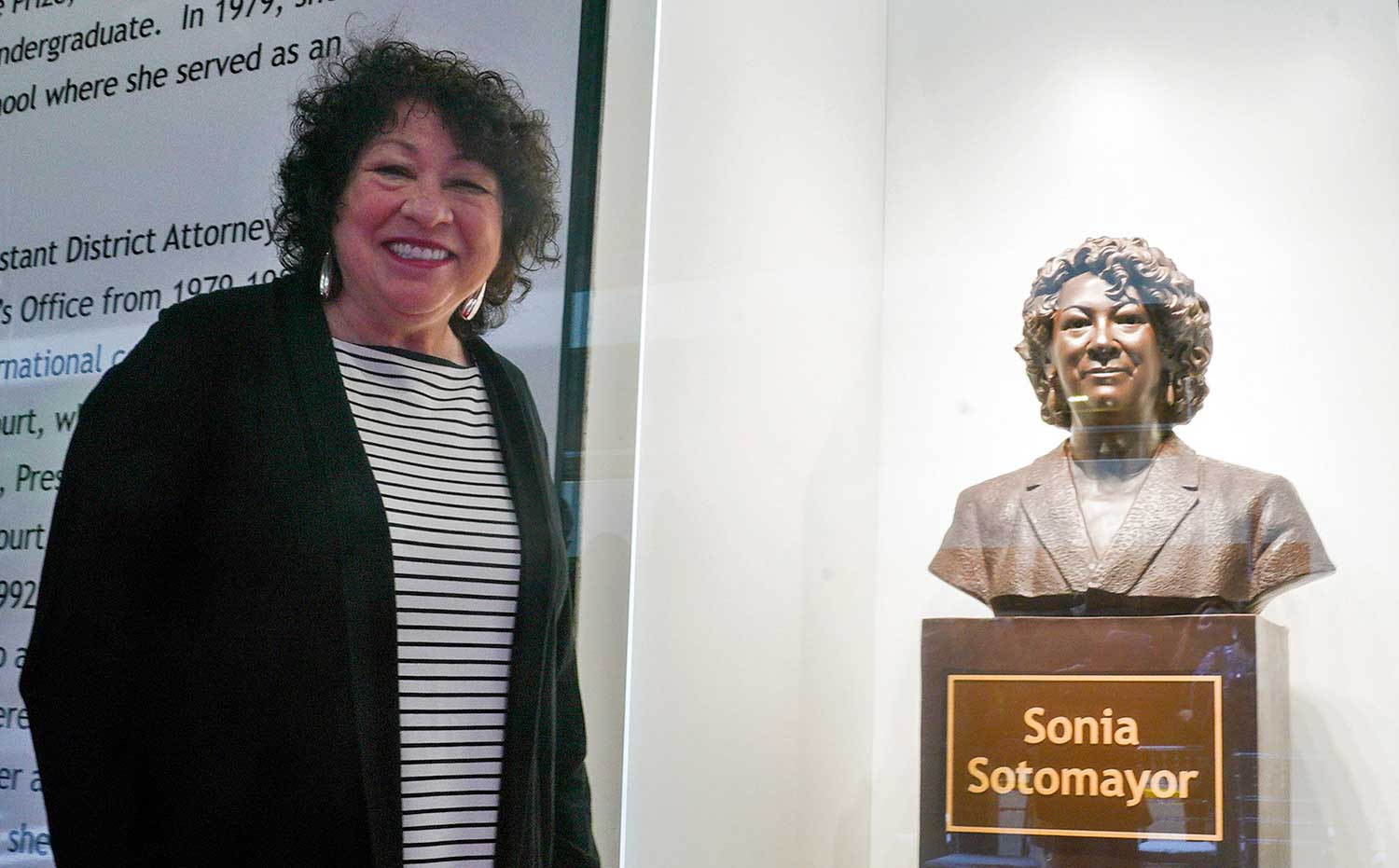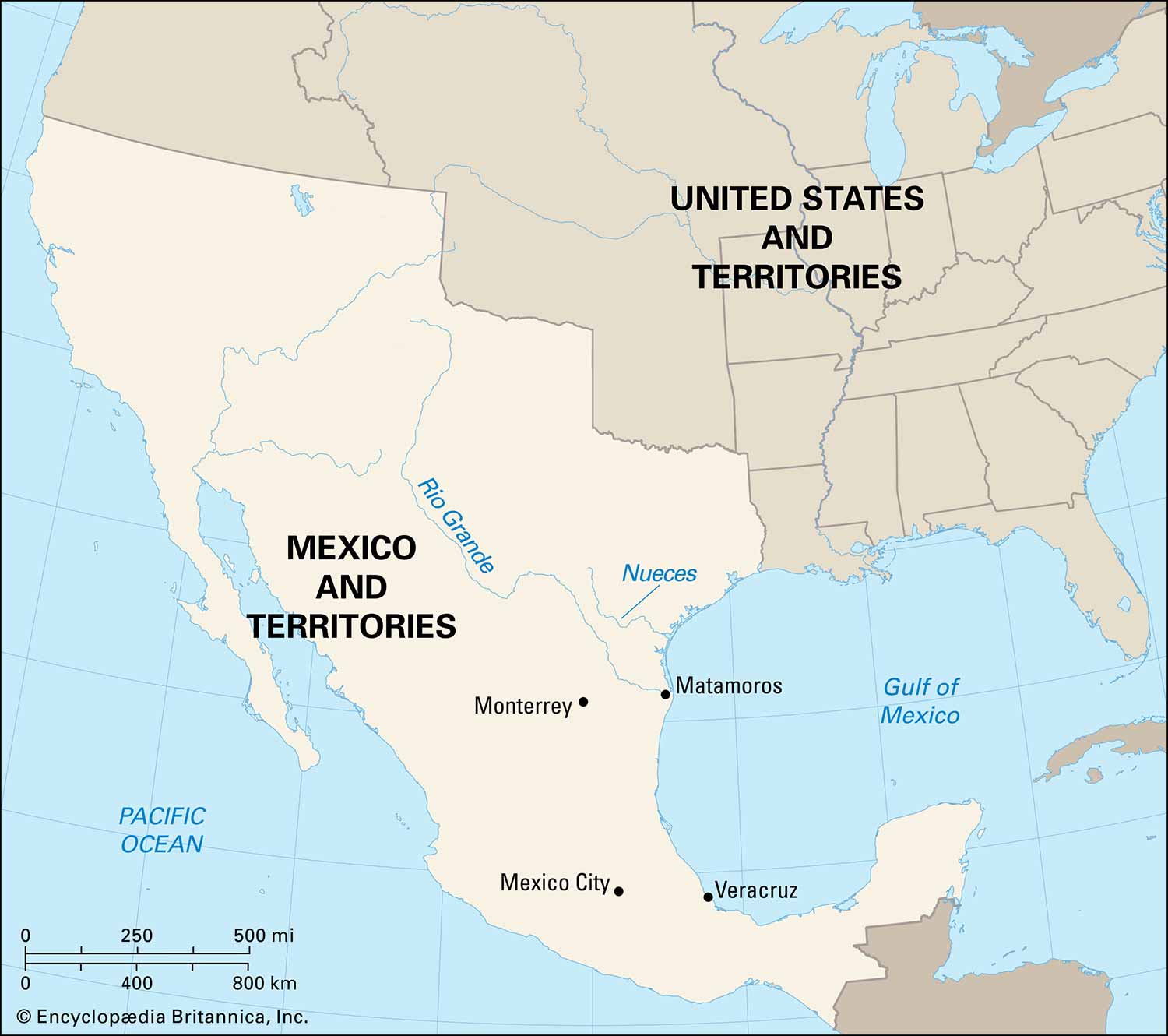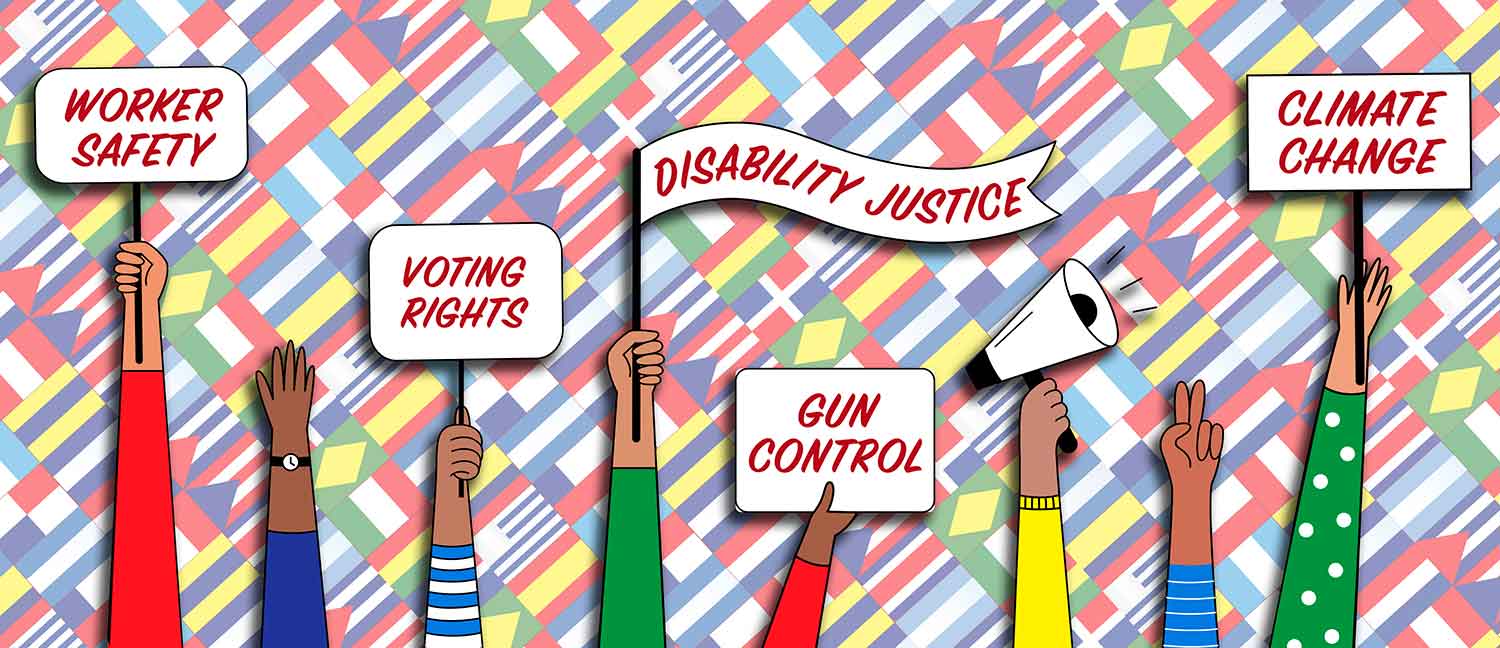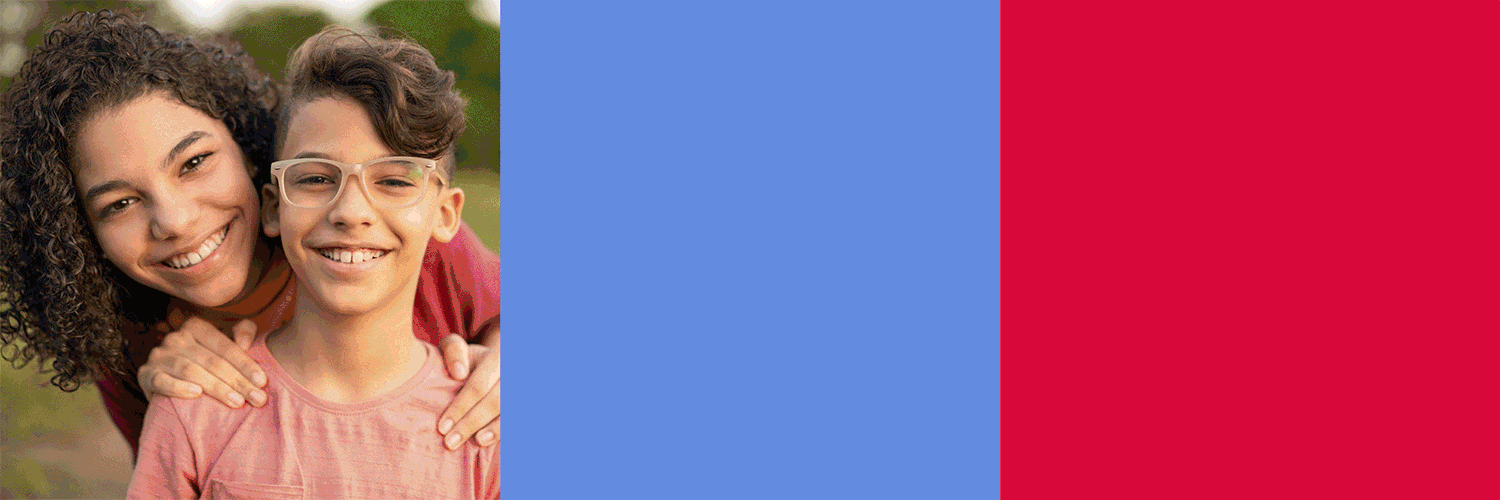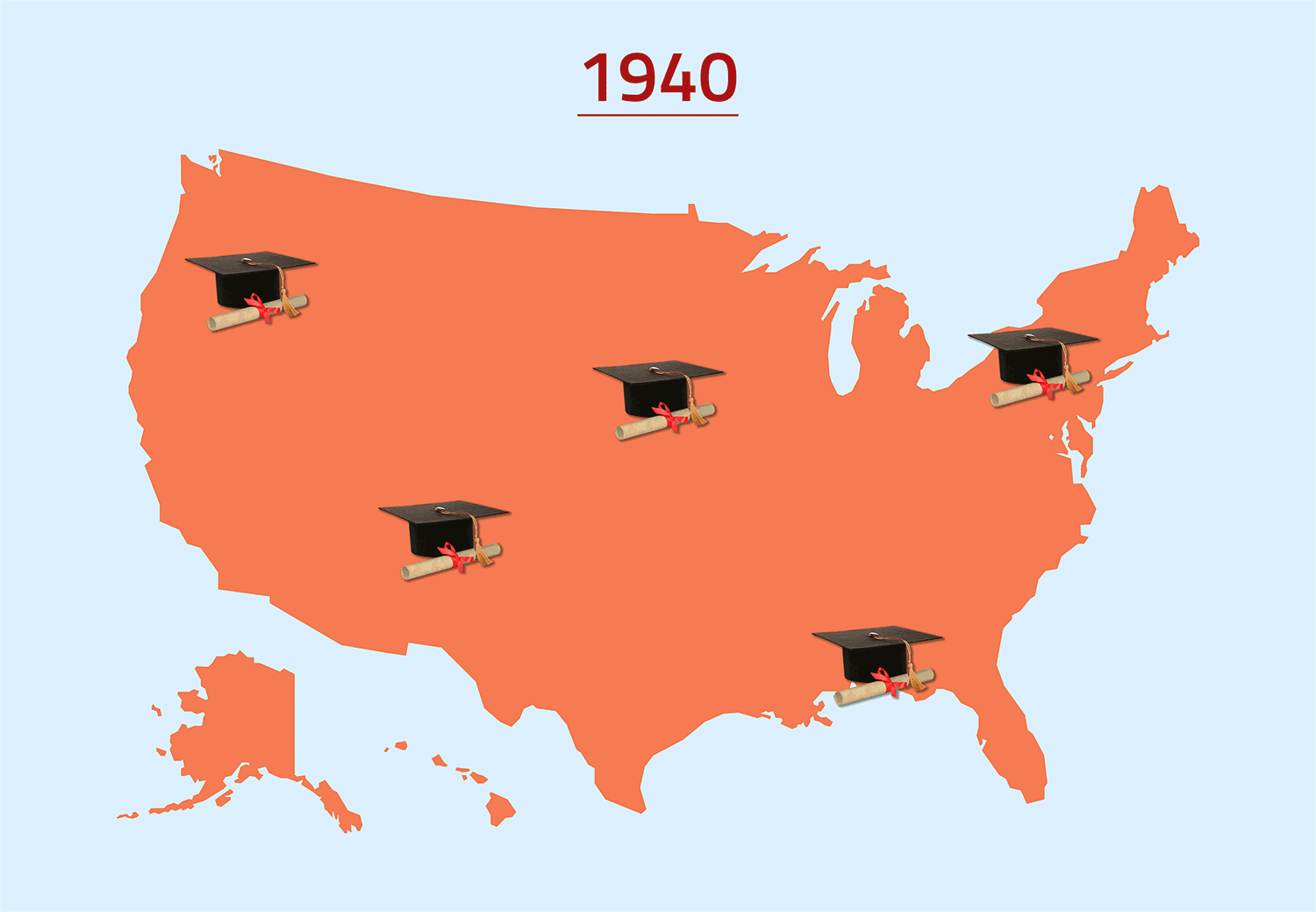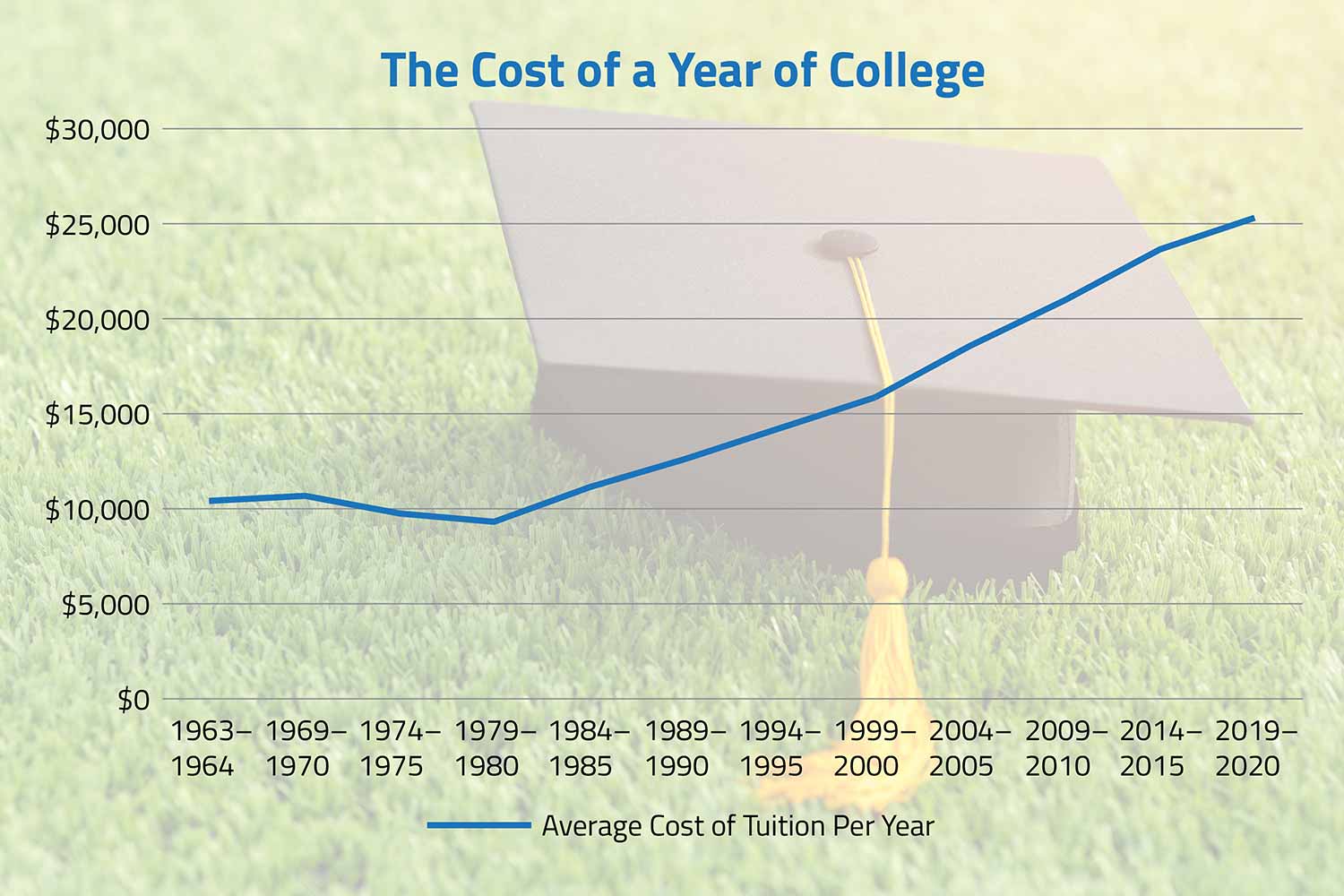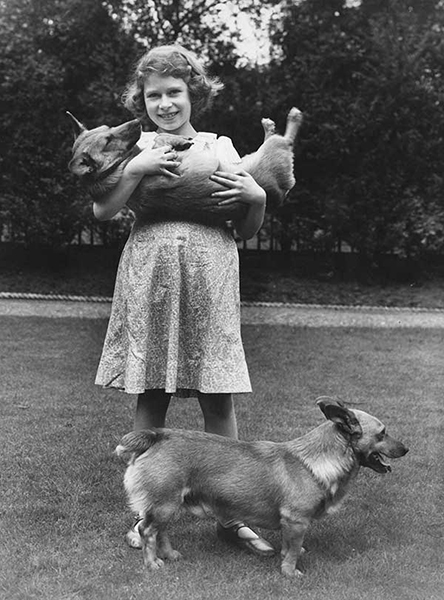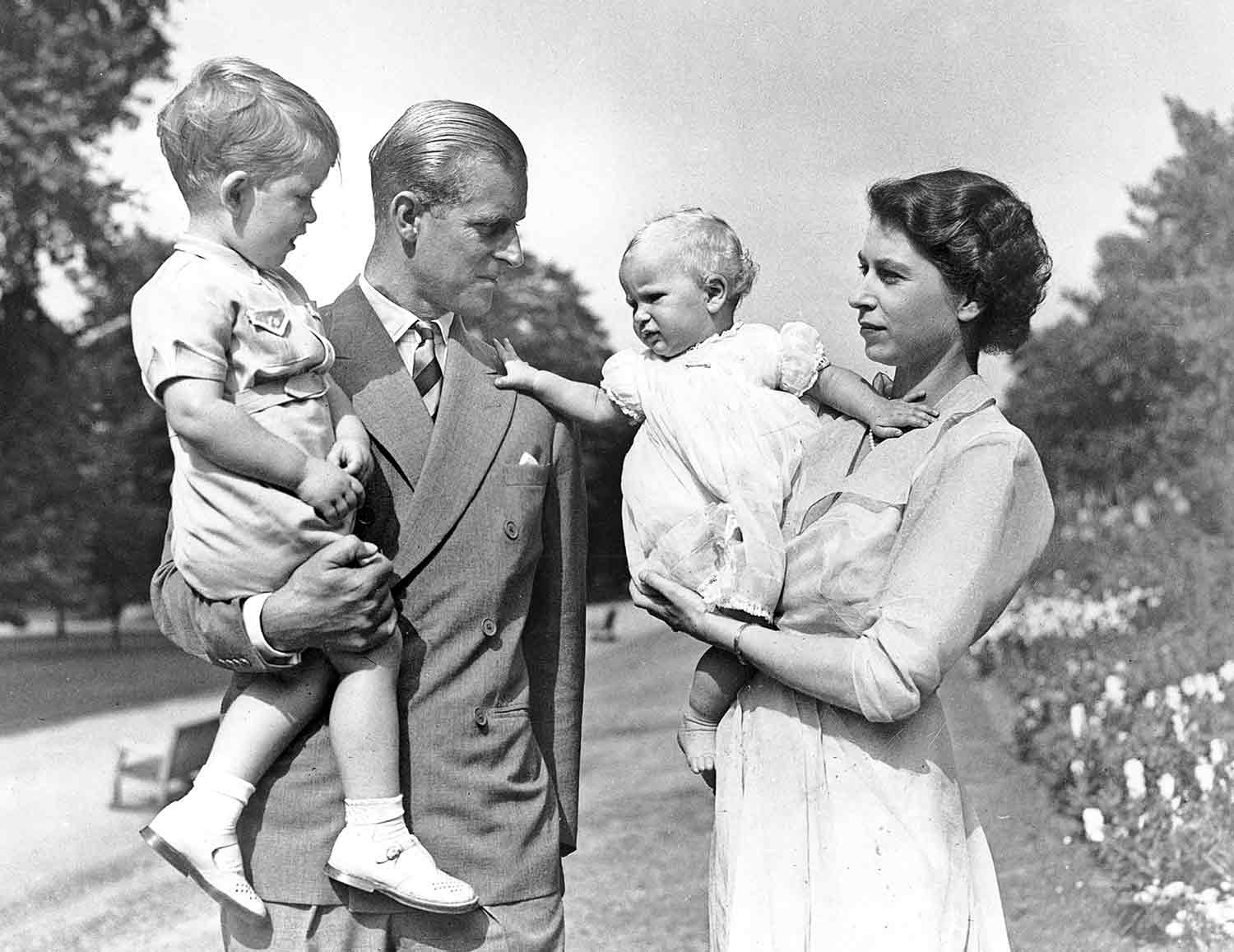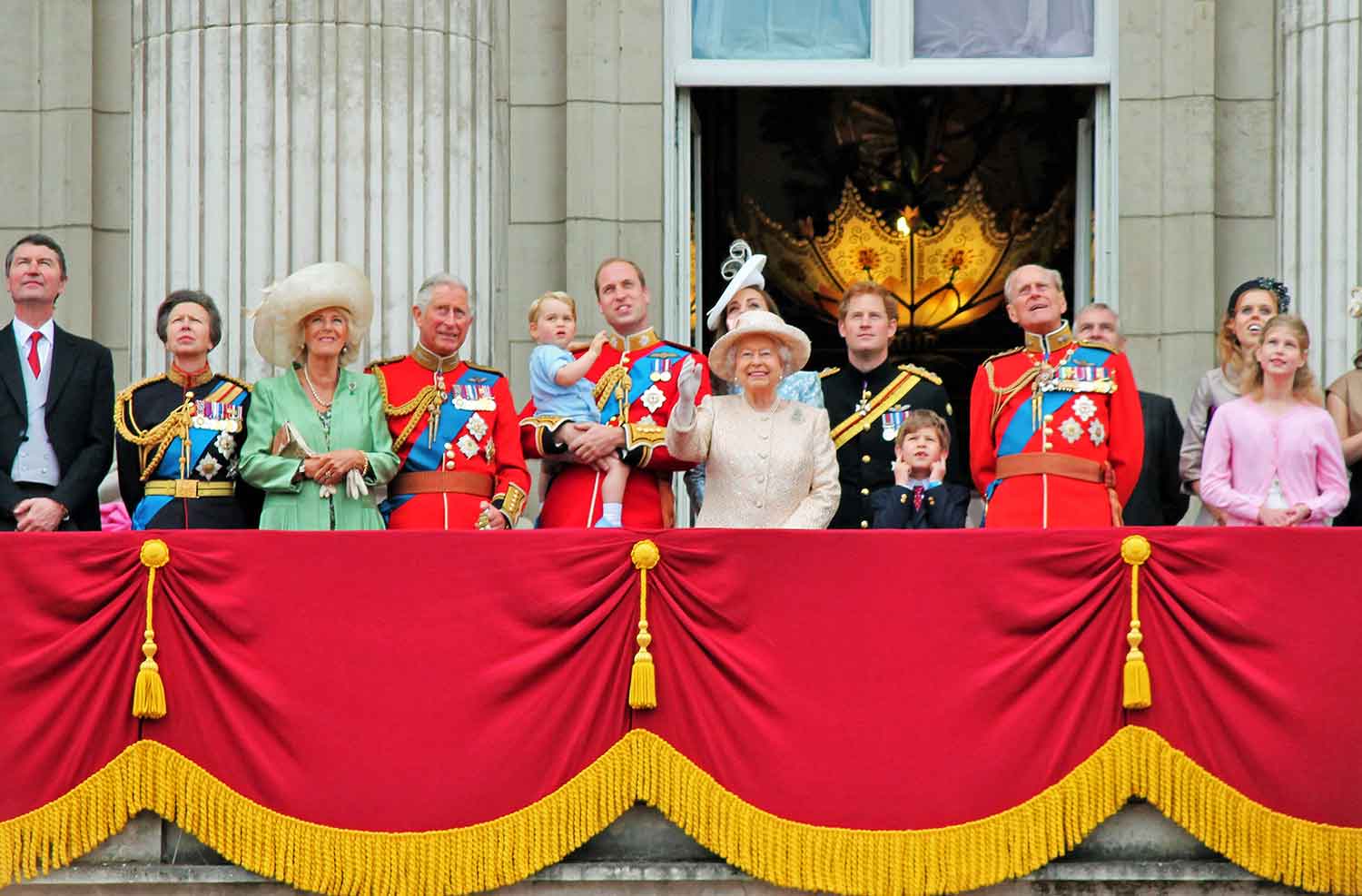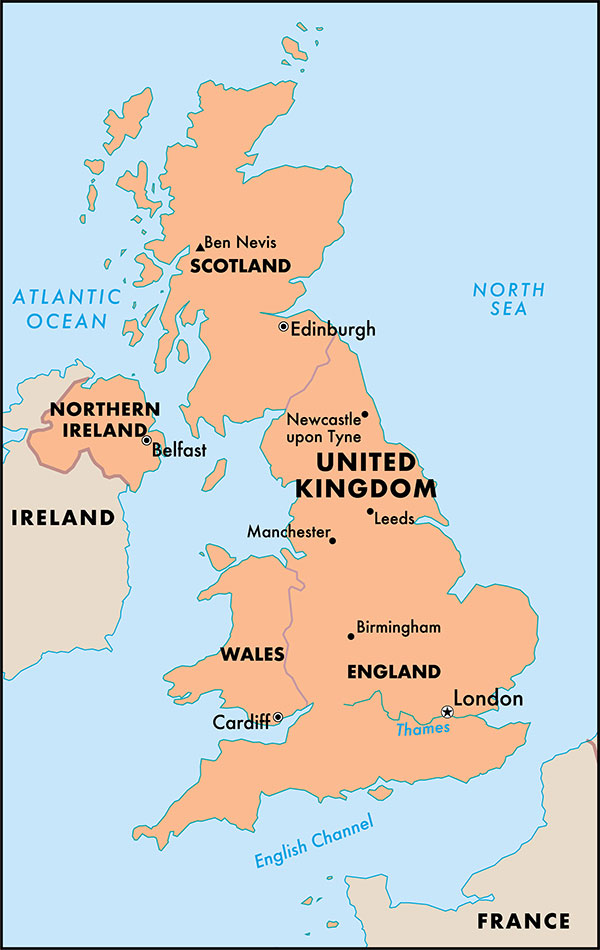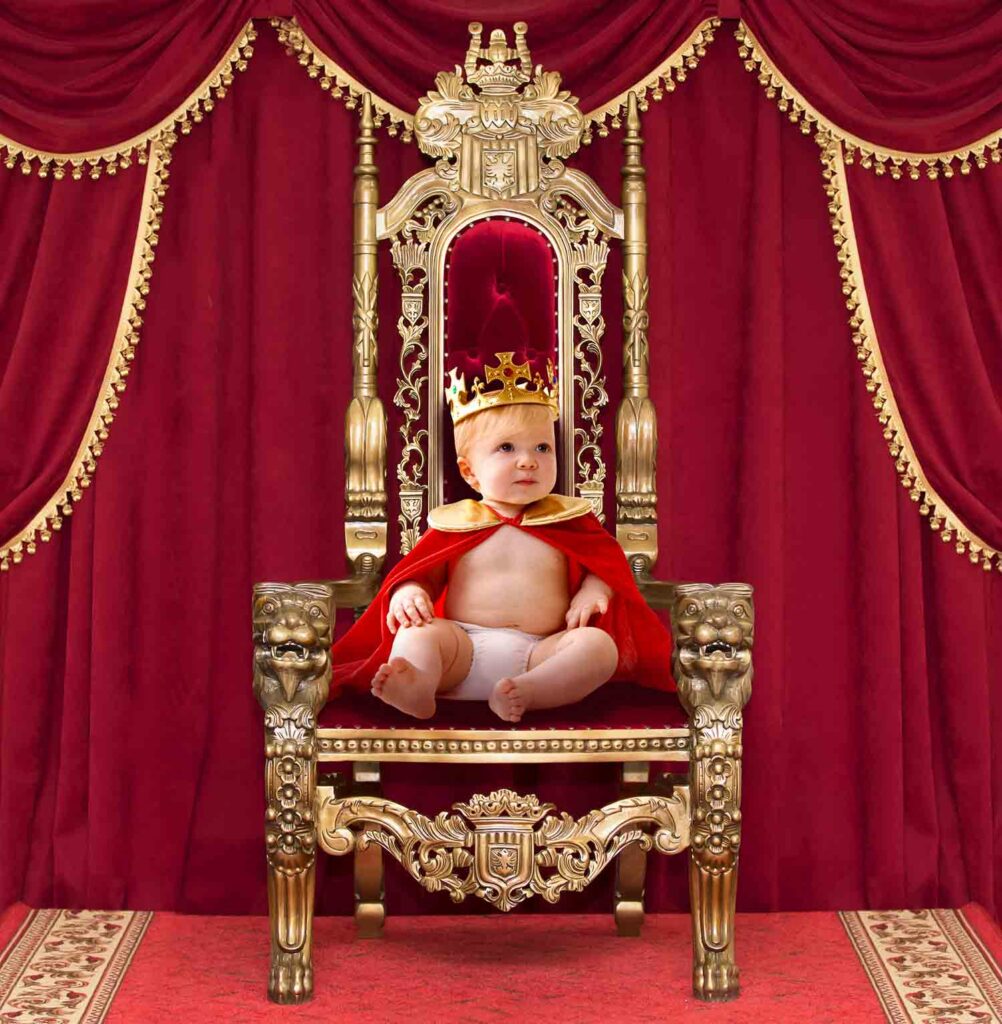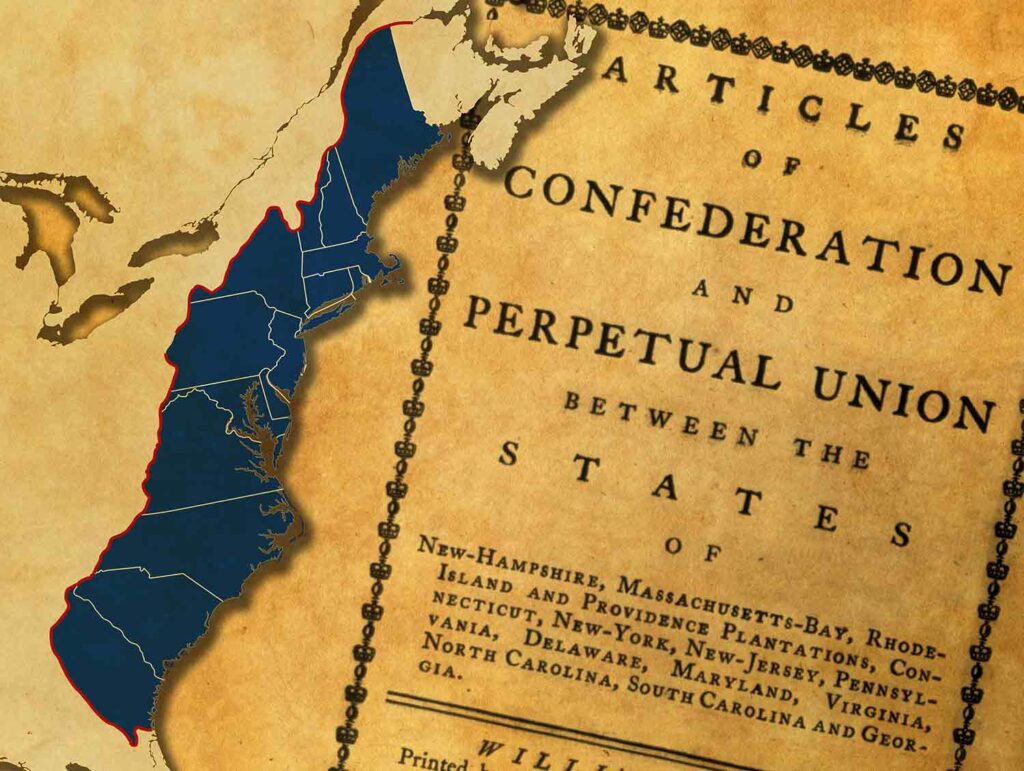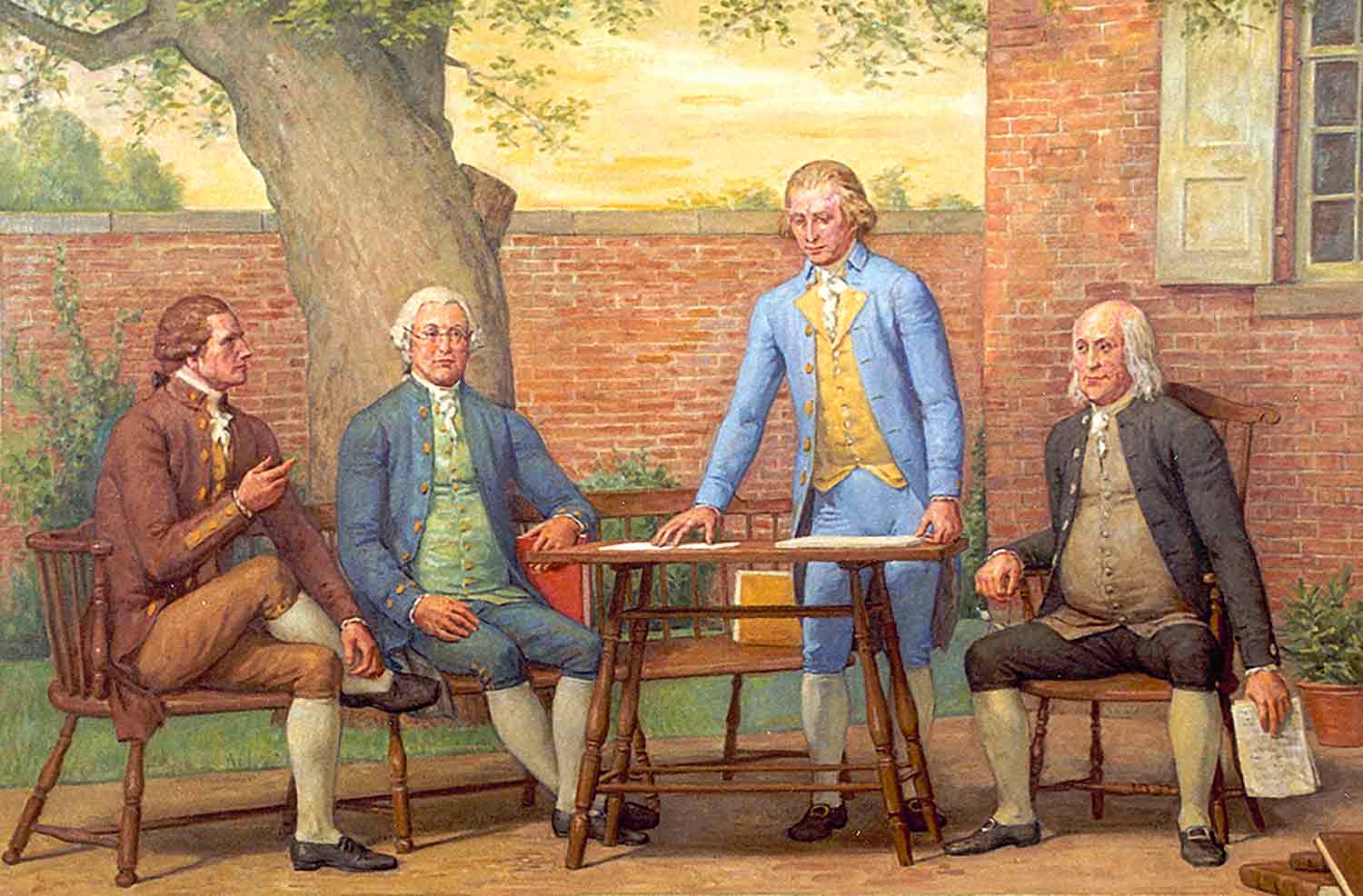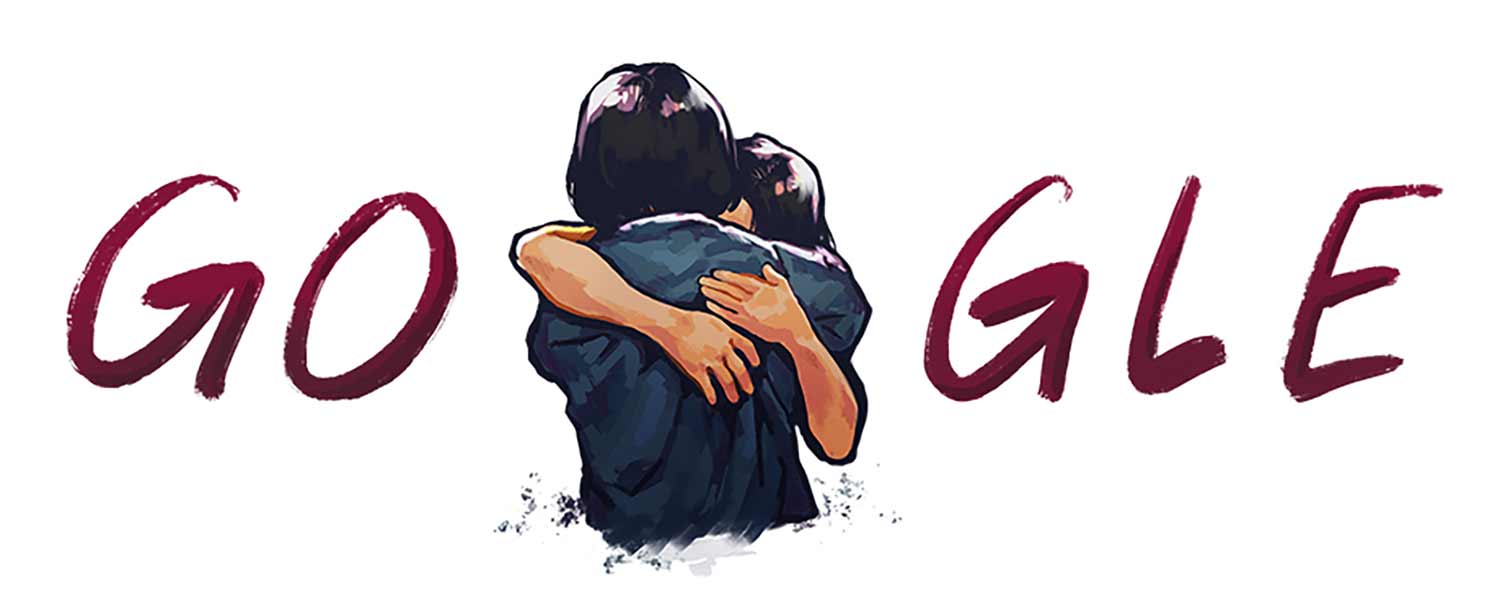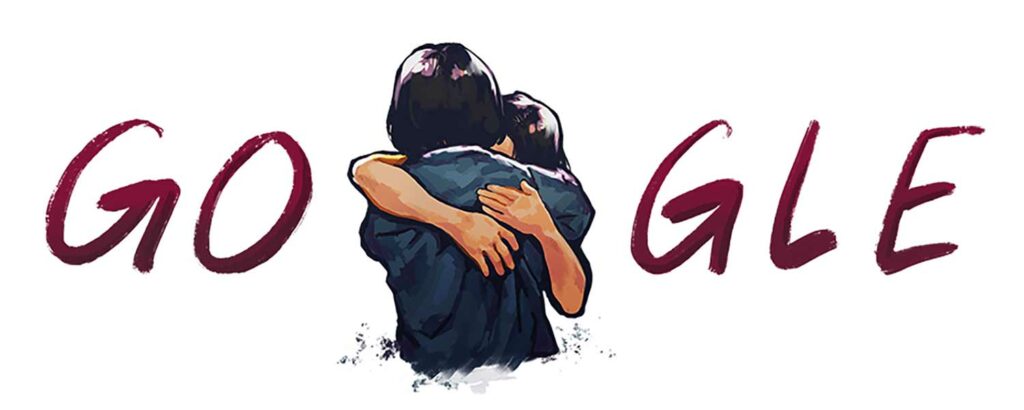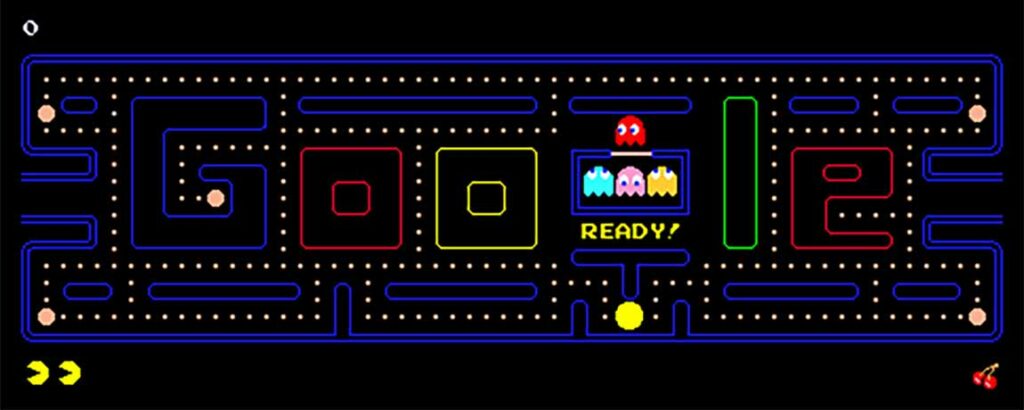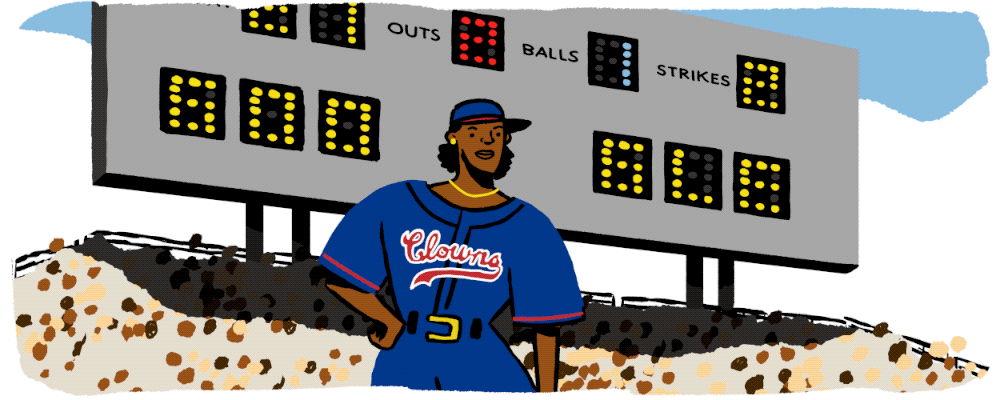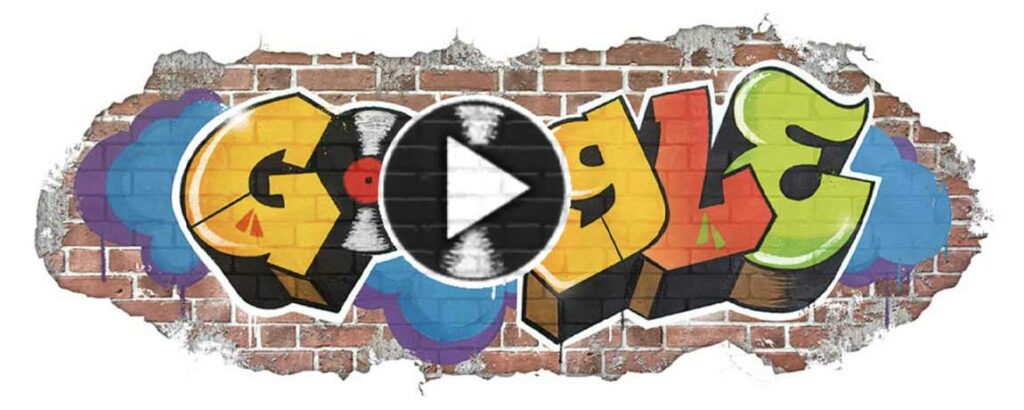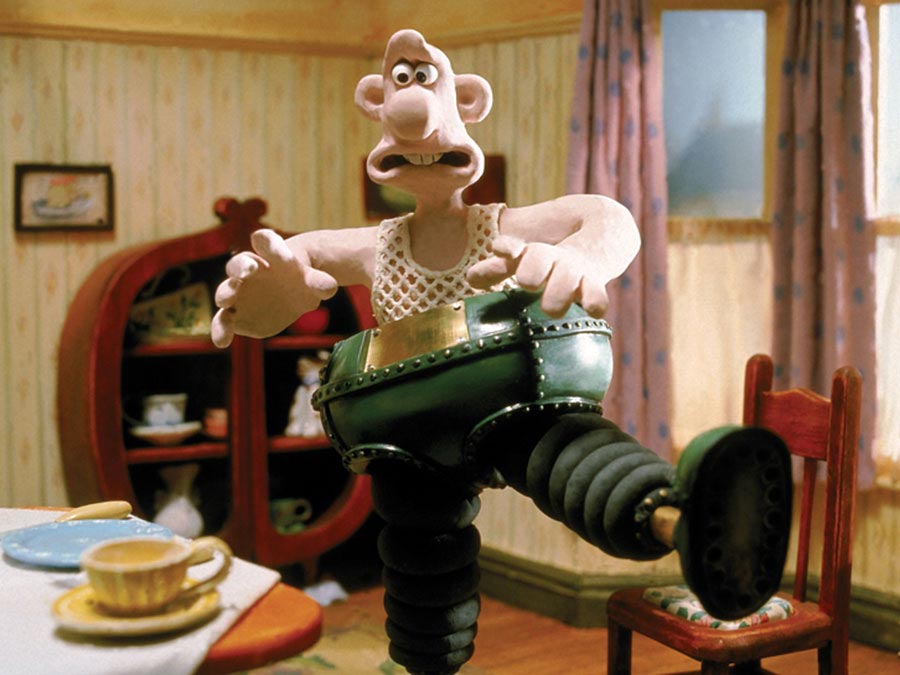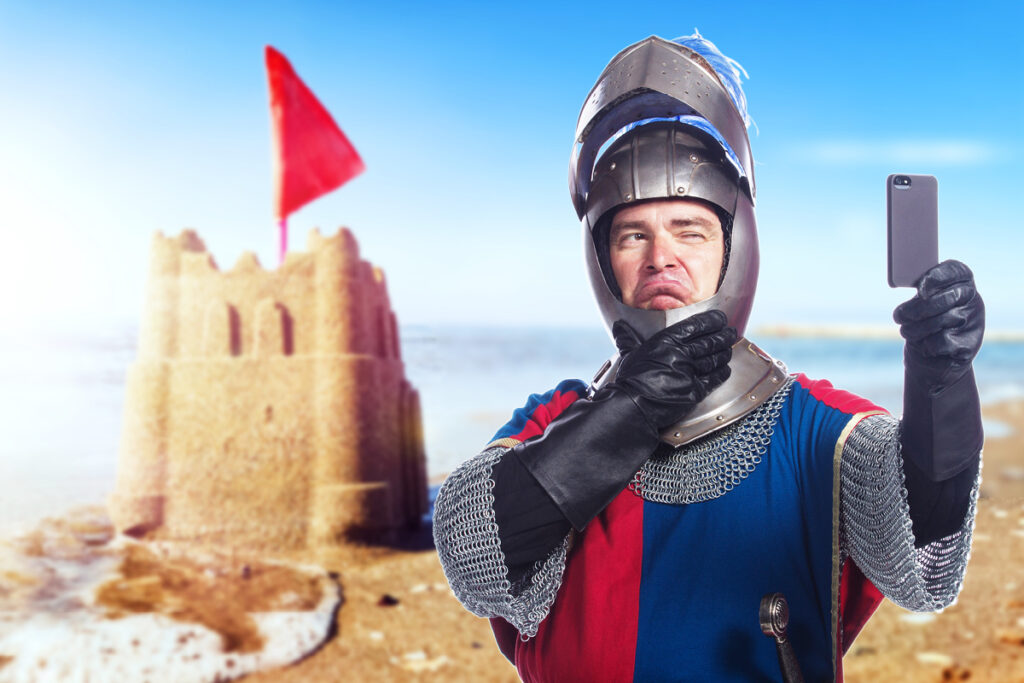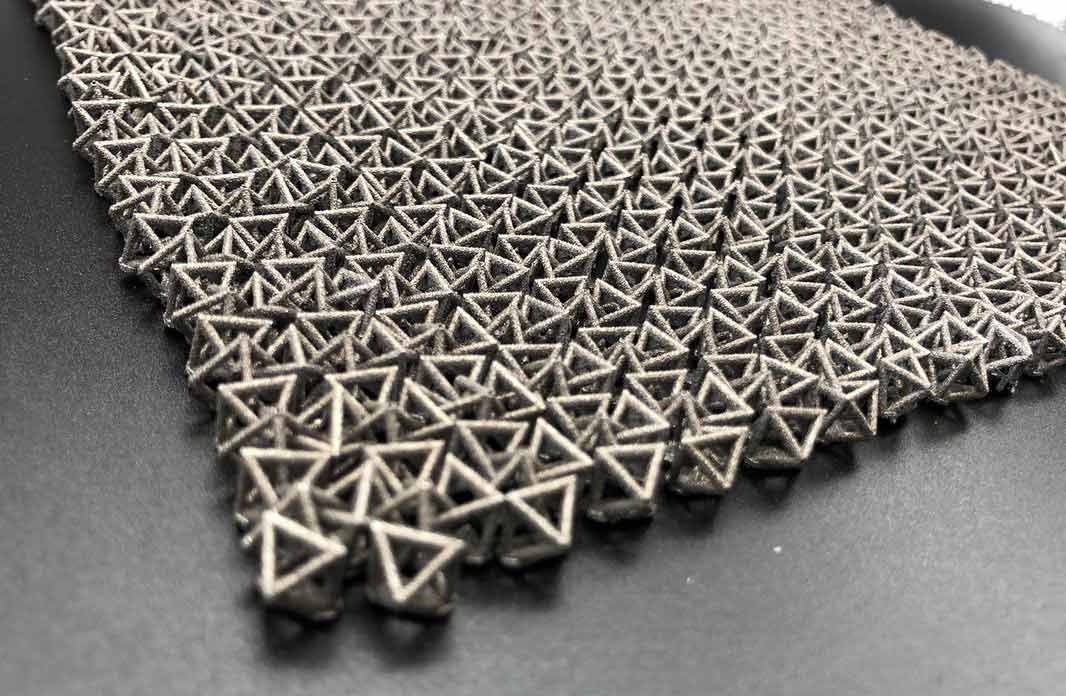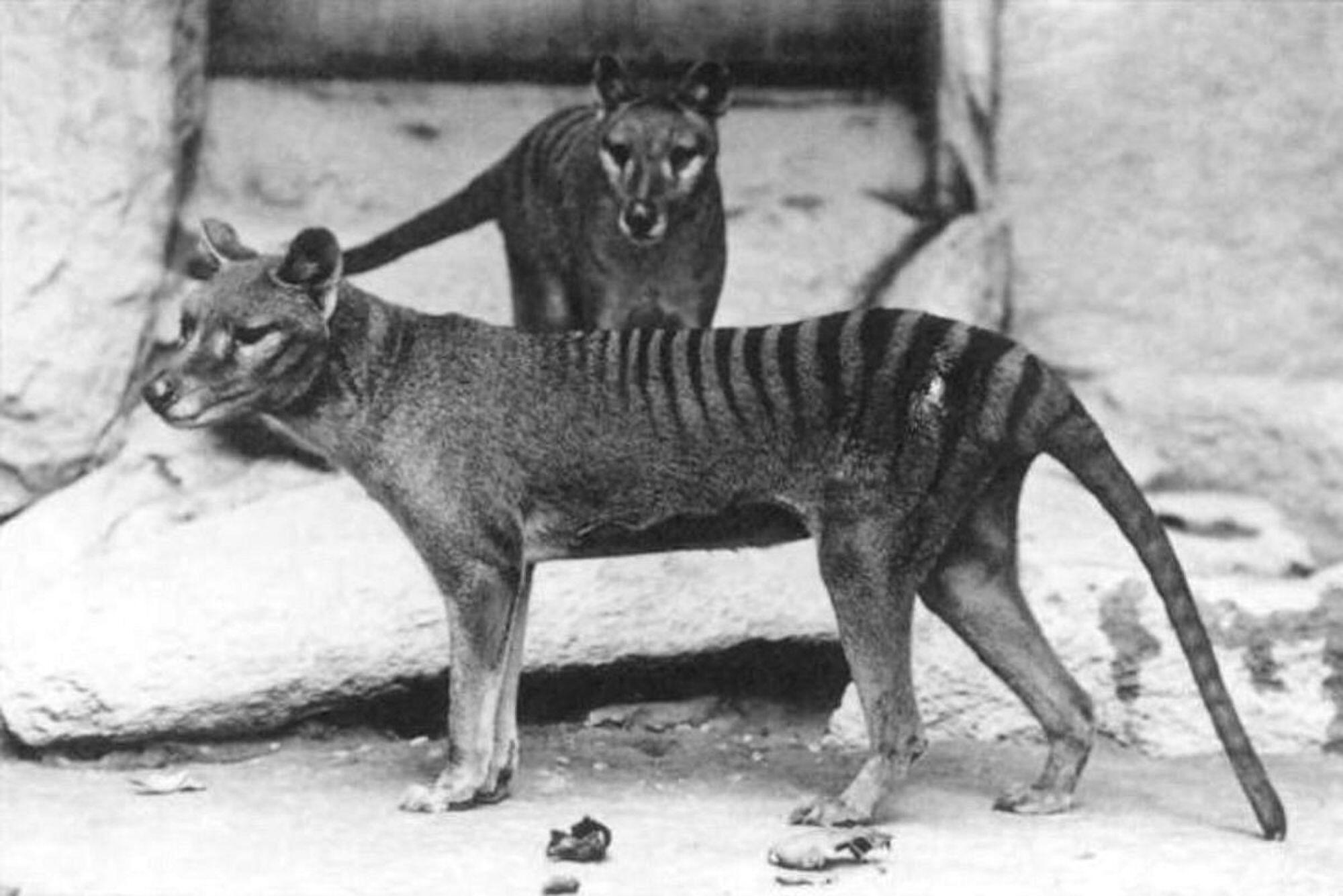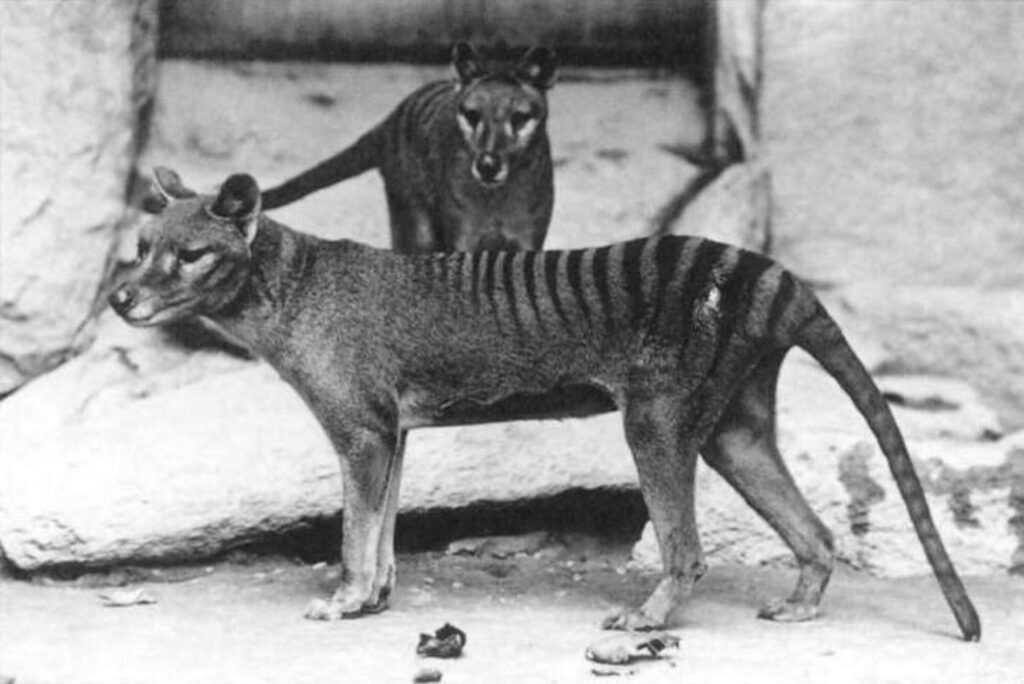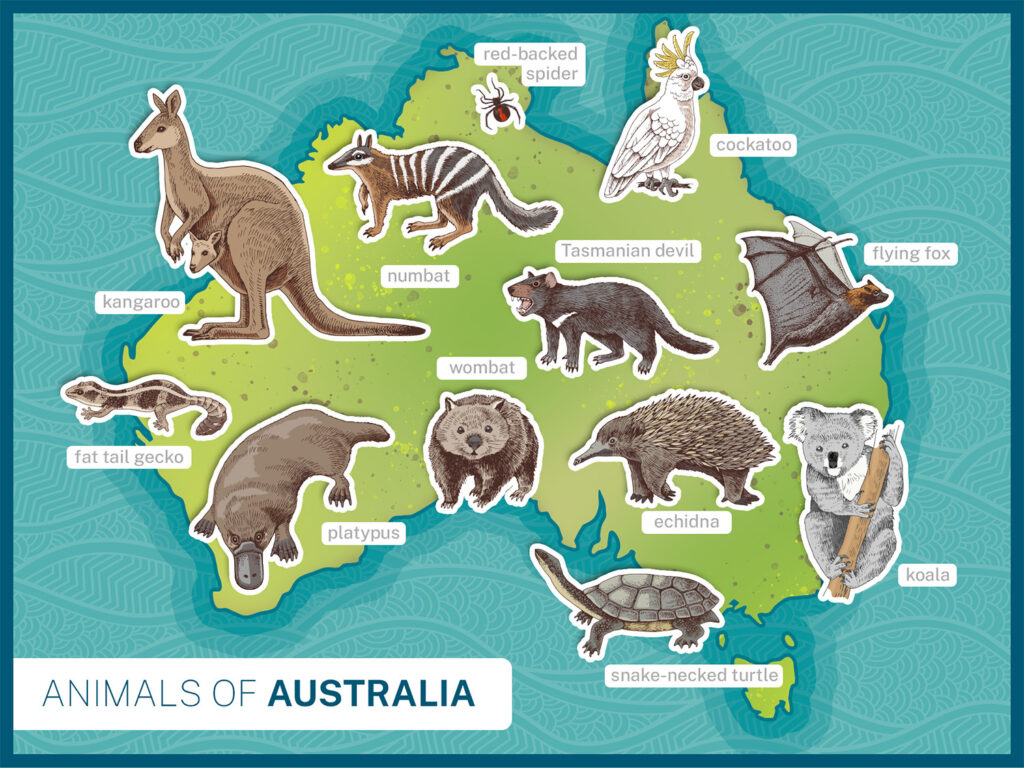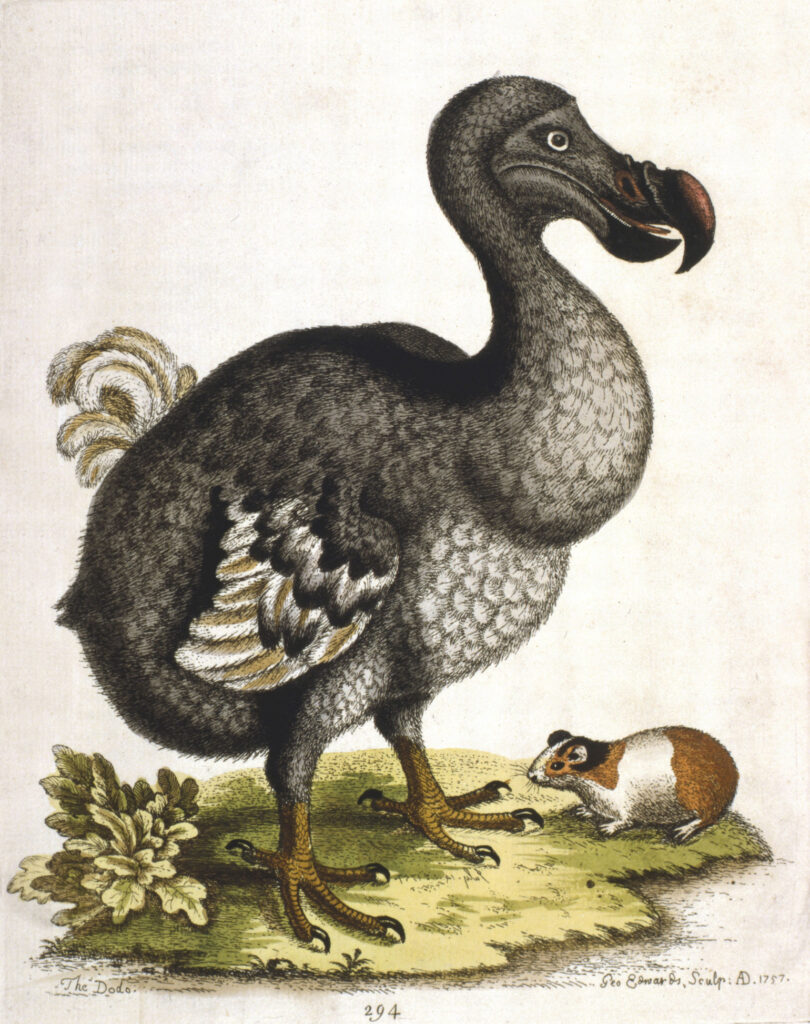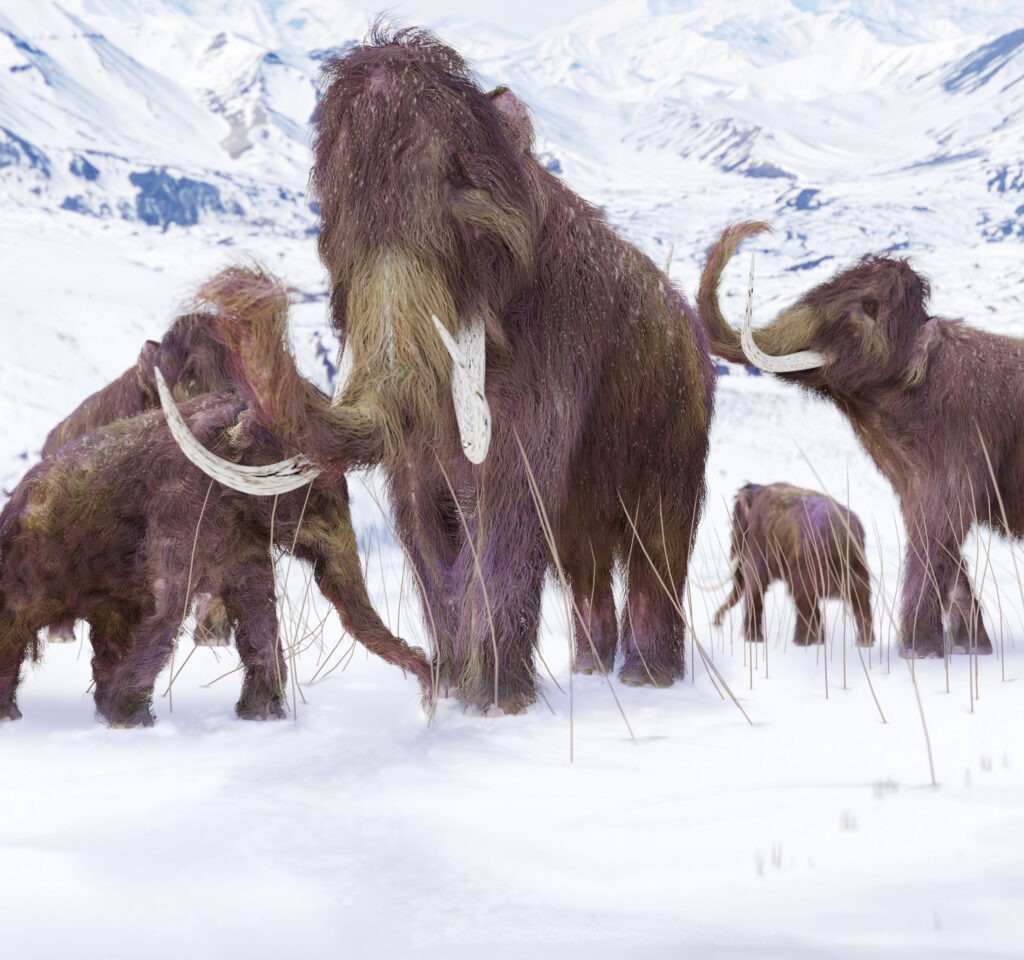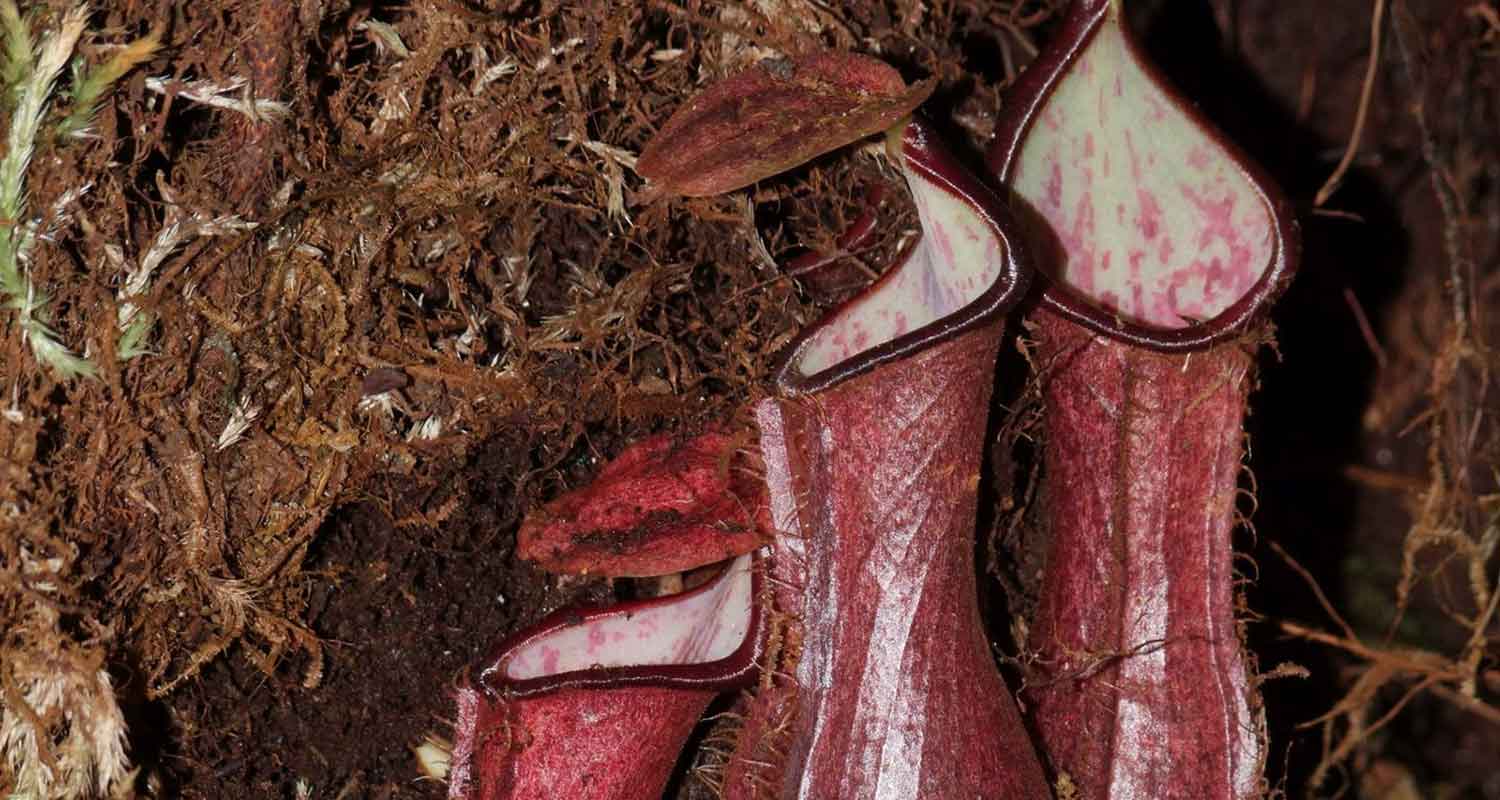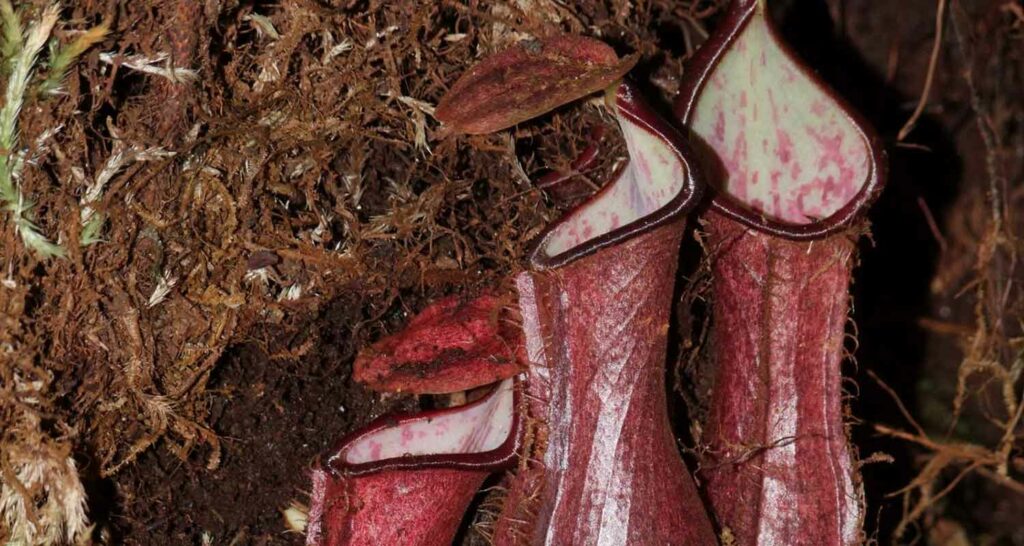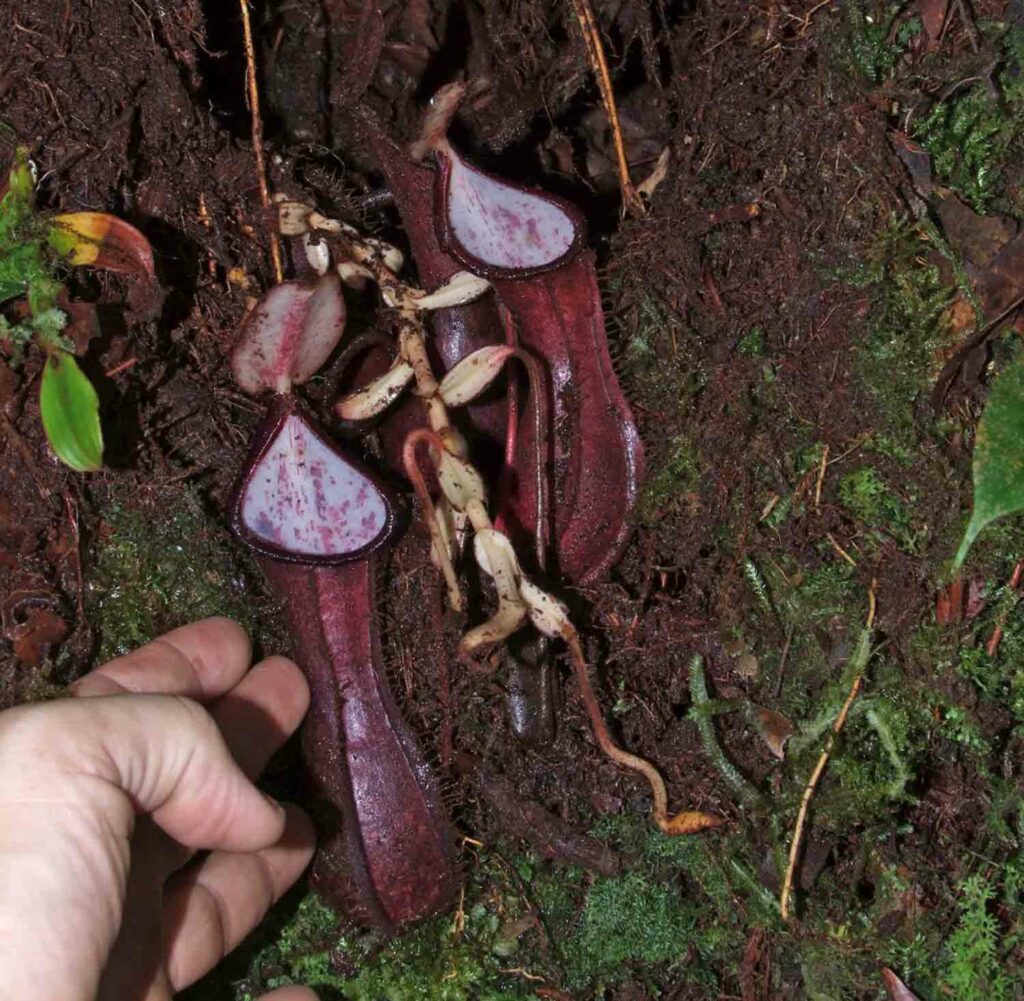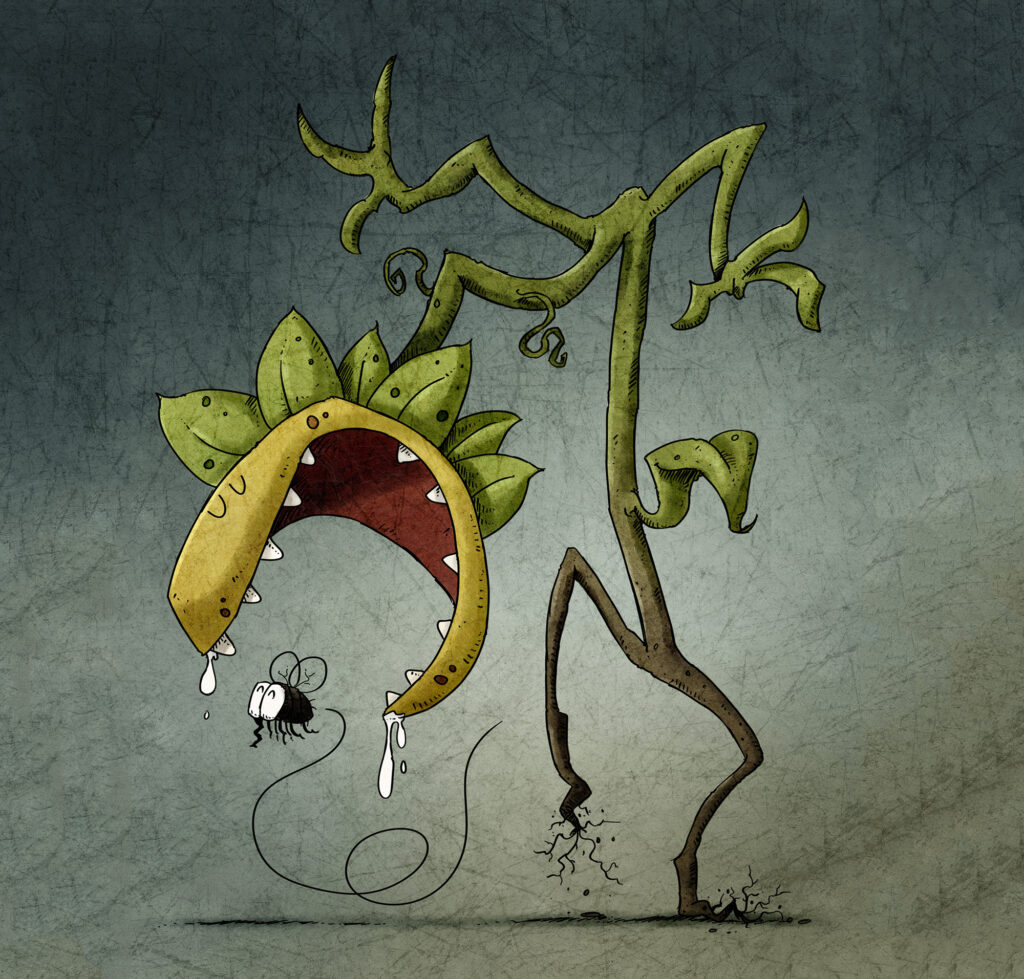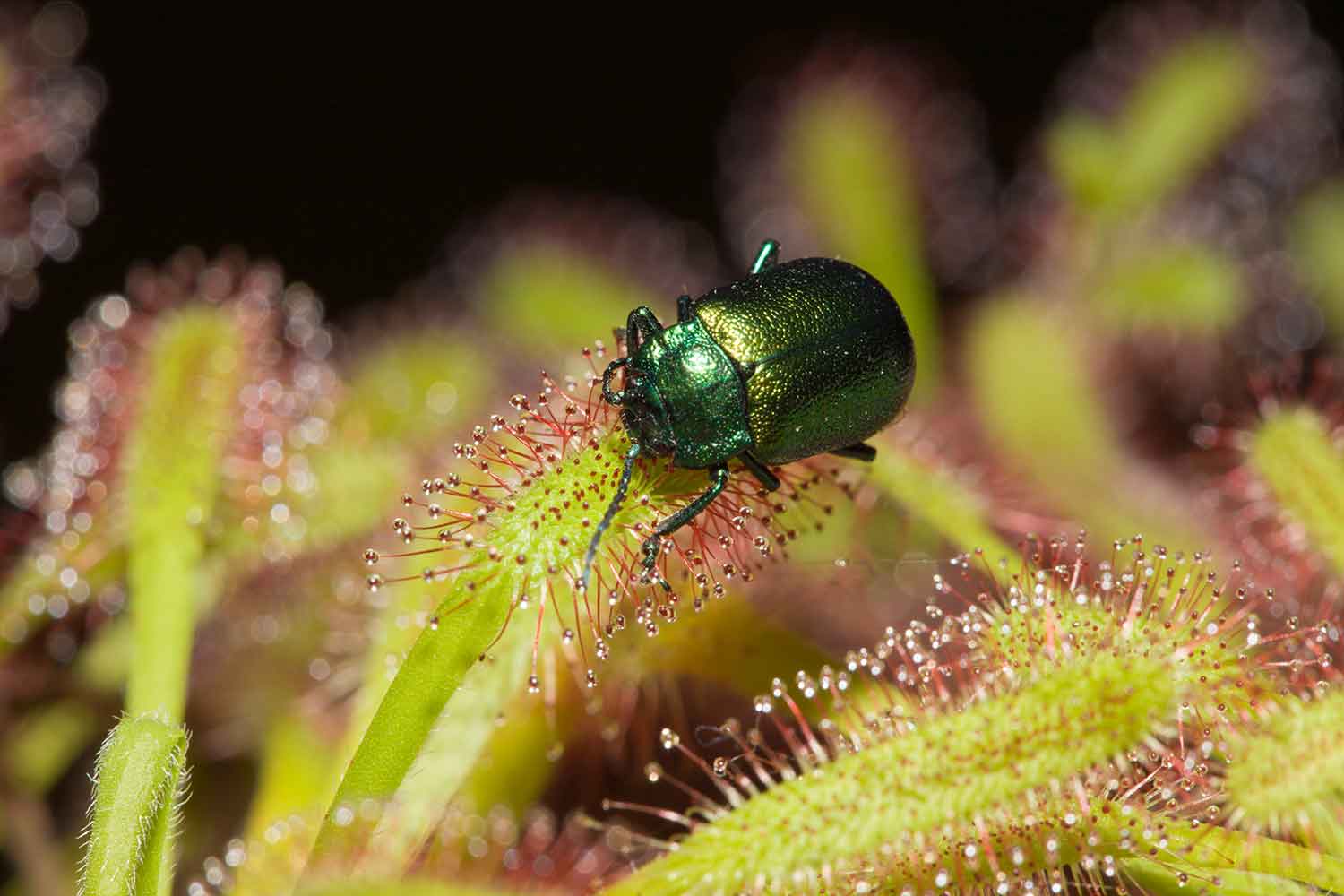New Words, FWIW
The Merriam-Webster dictionary added some new—and somewhat surprising—words to its pages.

The Merriam-Webster dictionary is serving up some new lewks—on its pages, that is.
The dictionary announced recently that it’s adding 370 words—including lewk—to its print and online dictionary. What makes a word worthy of being in the Merriam-Webster dictionary? Basically, a word becomes part of the English language when it’s been in use for a long time and experts realize it will probably stick around for a while.
“The dictionary chronicles how the language grows and changes, which means new words and definitions must continually be added,” Merriam-Webster wrote on its website. “When many people use a word in the same way, over a long enough period of time, that word becomes eligible [for the dictionary].”
Not surprisingly, the new words reflect the world in 2022. For example, laggy is used to describe a slow website or streaming service. Pumpkin spice is a popular flavor for…just about everything in the autumn. And MacGyvering means making something useful out of whatever materials are on hand.
And then there’s lewk, which refers to a person’s signature style.
If some of the words and terms seem old, it’s because they’ve had to prove their staying power. The fact that they’re now in the dictionary means that they’re part of the English language—at least, according to Merriam-Webster.
Did You Know?
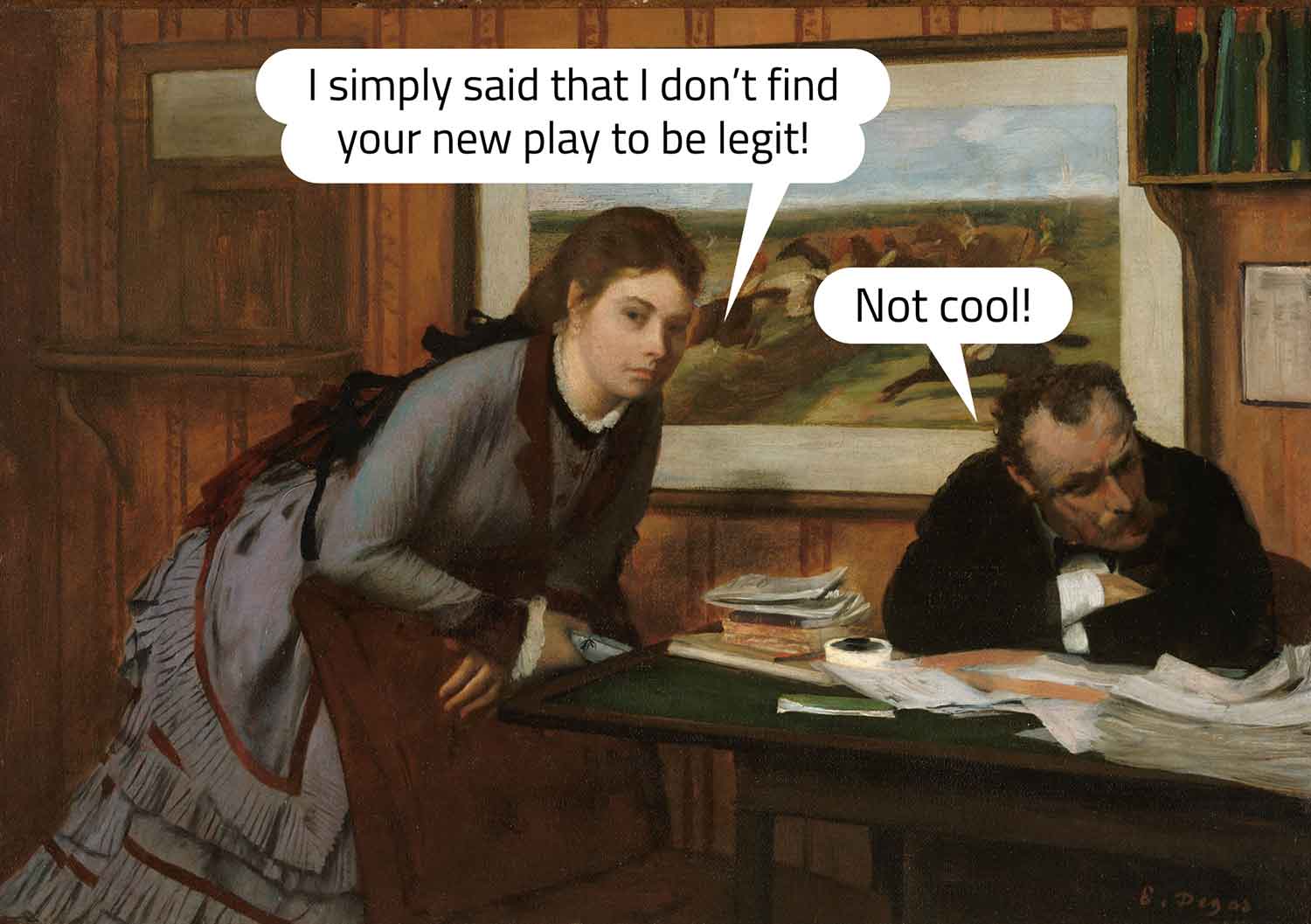
A lot of slang words have been around for a surprisingly long time. Take the word legit. It means “legitimately” or “truly,” as in “I am legit surprised.” Back in 1897, legit referred to dramatic theater, as in “legit drama,” or drama to be taken seriously.
Cool goes back to 1825. It was used to describe someone who was bold in a calm way. Which is sort of how we use the word today.
What Made the List?
Here’s a selection of words that Merriam-Webster added to its dictionary. What should be added next?
adorkable
informal : socially awkward or quirky in a way that is endearing
cringe
slang : so embarrassing, awkward, etc. as to cause one to cringe : cringeworthy
dumbphone
: a cell phone that does not include advanced software features (such as email or an internet browser) typically found on smartphones
FWIW
: abbreviation for what it’s worth
greenwash
verb : to make (something, such as a product, policy, or practice) appear to be more environmentally friendly or less environmentally damaging than it really is
ICYMI
abbreviation : in case you missed it
laggy
: having a delayed or slow response (as to a user’s input) : marked or affected by lag
lewk
slang : a fashion look that is distinctive to the wearer and that is noticeable and memorable to others
MacGyver
slang : to make, form, or repair (something) with what is conveniently on hand
pumpkin spice
: a mixture of usually cinnamon, nutmeg, ginger, cloves, and often allspice that is commonly used in pumpkin pie
pwn
slang : to dominate and defeat (someone or something)
side hustle
: work performed for income supplementary to one’s primary job
sus
slang : suspicious; suspect
Wordy and Weird

Some of Samuel Johnson’s definitions include his own thoughts and opinions.
In the 1700s, Samuel Johnson wrote a very creative dictionary of the English language. The dictionary’s definitions are so weirdly entertaining that they even have their own Twitter account.
Read more about Samuel Johnson at Britannica School!
WORD OF THE DAY
lexicon
noun
: the words used in a language or by a person or group of people

Crossword
Some of these slang words date back to the 1950s. See if you can find all of them.
In Case You Missed It
The owner of Patagonia, an outdoor clothing company, is giving away the entire company.
09.27.22
Sonia Sotomayor, whose parents were from Puerto Rico, is the first Hispanic justice on the U.S. Supreme Court.
09.23.22
President Joe Biden has announced that millions of people who borrowed money to go to college will have their debt reduced.
09.20.22

